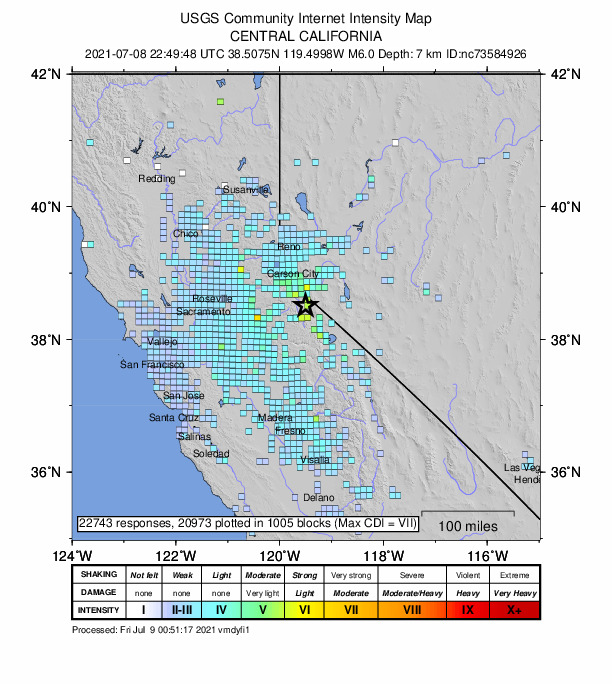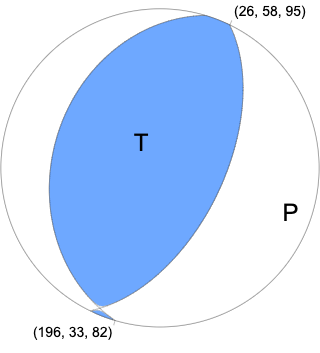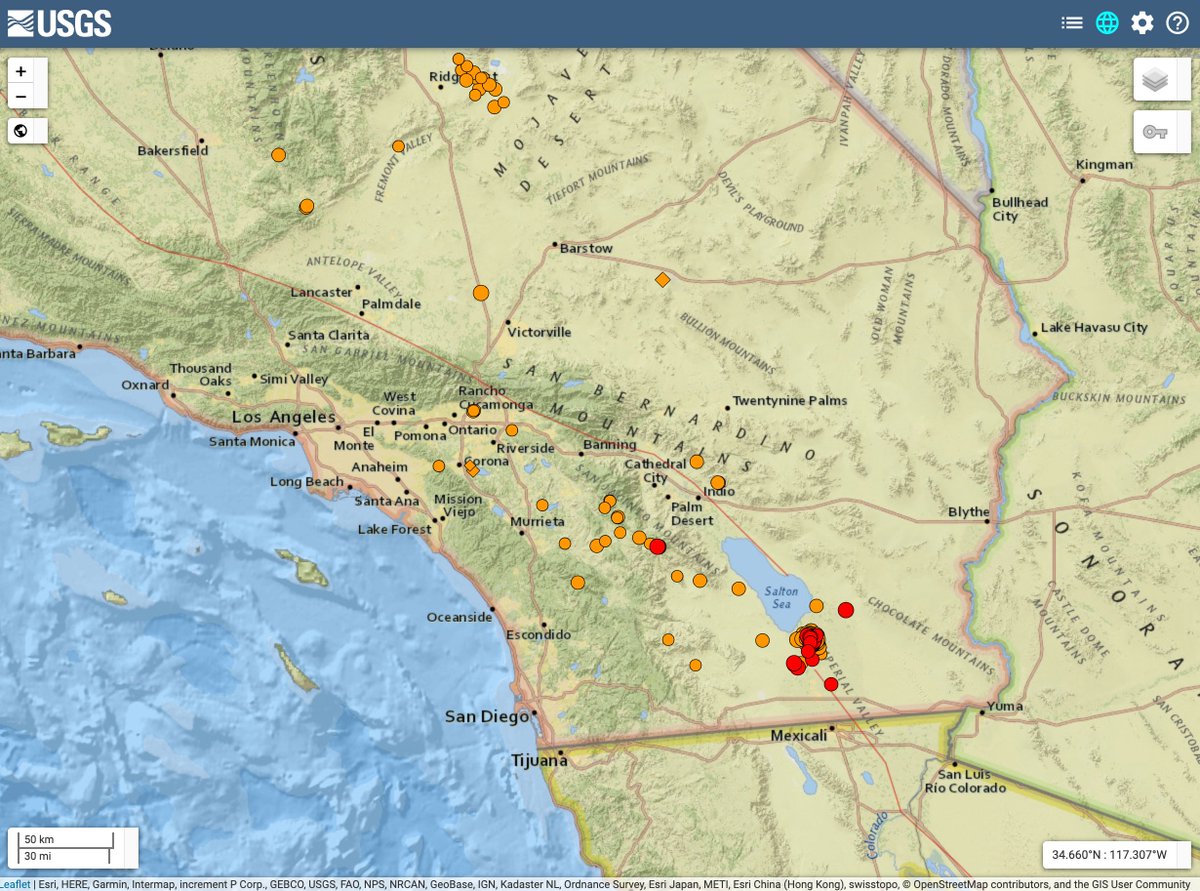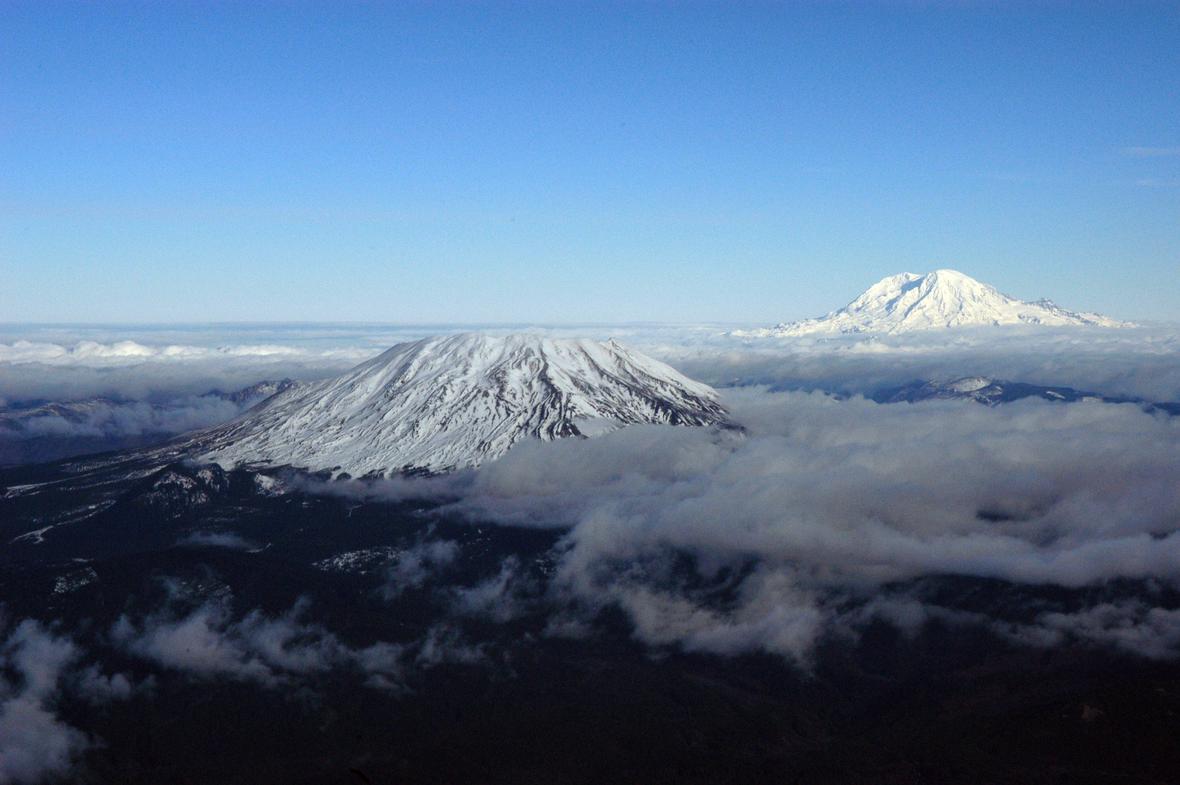
An M5.2 earthquake occurred 12 km (7.5 mi) NNW of Kukuihaele, Hawaii yesterday at 1:34 PM local time. So far >1,300 people have reported feeling shaking. If you felt this quake (or not!), click the link below to tell us about your experience. For more on EQs in Hawaii, see 🧵👇.
https://twitter.com/USGS_Quakes/status/1412202645897441280
Thousands of earthquakes occur every year in the State of Hawaii most of which are small & caused by eruptive processes w/in the active volcanoes on & around the Island of Hawaii, especially in the southern districts where the Kilauea, Mauna Loa & Loihi volcanoes are most active. 

Other EQs can occur in Hawaii along tectonic faults in the crust & upper mantle & can be related to deep structural adjustments from the weight of the lava-built islands on Earth's underlying crust. This is the most common source of damaging EQs north of the Island of Hawaii. 

The map below shows yesterday’s M5.2 #HawaiiEarthquake as a star, the shaking intensity contours associated with this quake, and historic >M4.5 earthquakes as white circles. 

Yesterday’s quake occurred at a depth of 26.9 km or 16.7 mi. Hawaii earthquakes at this depth are usually due to flexure or bending of the Earth's crust & upper mantle (aka lithosphere) due to the weight of the islands above. 

The earthquake record since 1823 shows that each year the State of Hawaii averages around 100 ≥ M3 earthquakes, 10 ≥ M4 quakes & one ≥ M5 quake. Additionally, the State experiences around one ≥ M6 every 10 years, and two ≥ M7 earthquakes every 100 years. 

Scientists @ the Hawaiian Volcano Observatory (HVO) @USGS_Volcanoes monitor, analyze & report on EQs that occur throughout the Hawaiian Islands via seismic stations (red triangles) on the Island of Hawaii & across the State. For more on EQs in Hawaii visit ow.ly/EIFd50Fqots 

• • •
Missing some Tweet in this thread? You can try to
force a refresh















